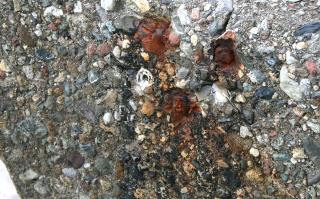Dr Clark talks about the recent Cemtech Middle East workshop in Dubai, which focussed on producing cements and clinkers with less embodied CO2. The Clean Development Mechanism (CDM) is supposed to provide an incentive for cement companies in the Middle East and elsewhere in the developing world to reduce CO2 emissions. The question: is the mechanism providing the necessary incentive?
The first few months of 2011 have seen momentous events in the Middle East with regime change in Tunisia and Egypt and agitation for change in Bahrain, Libya and Yemen. No-one, and certainly not the Technical Forum, can say how these events will turn out. We can only say to all our regular participants and readers in the region to keep safe.
Cement manufacture is one of the most dynamic and important industries in the Middle East. North Africa has been seen as a potential supplier of cement imports into Europe as the European Union Emissions Trading Scheme (EU ETS) makes cement production in Europe more expensive. However, the European cement industry will fight hard against such carbon (and business) leakage. Pressure for ‘border levelling’ (imposing CO2 emission import duty on cement imports to the EU) is likely to increase.
These debates and pressures will mean that the cement industry in the Middle East and North Africa will also have to look into, and apply, the methods of reducing the CO2 emissions associated with cement manufacture. Against this backdrop the workshop from the Cemtech Istanbul conference in September 2010 on the options for the manufacture of clinkers and cements with less embodied CO2 was repeated at the Cemtech Dubai conference in March 2011.
The EU aims to reduce CO2 emissions with the European community by 20 per cent by 2020. Most industrial sectors are expected to pay their full carbon costs to promote best practice (ie lowest CO2 emission practice). It is then hoped that there will be a ripple effect as companies outside EU accept and adapt the same best practice. Within the EU, the EU ETS is intended to incentivise industry to apply that best practice. Outside the EU the incentive for industry to apply that best practice is provided by the Clean Development Mechanism (CDM).
